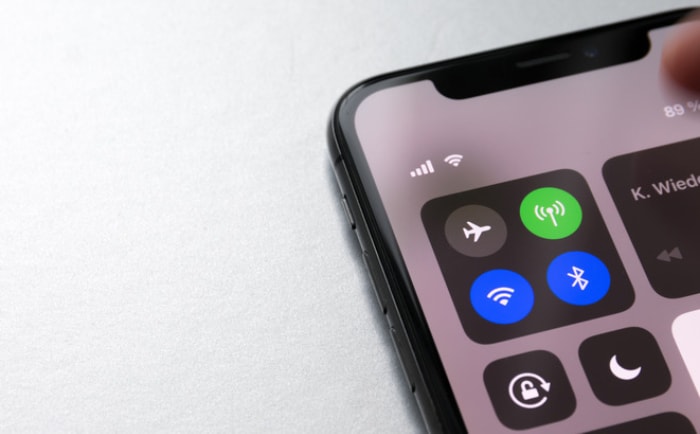What Is CVV on a Debit Card? How It Shields You from Fraud
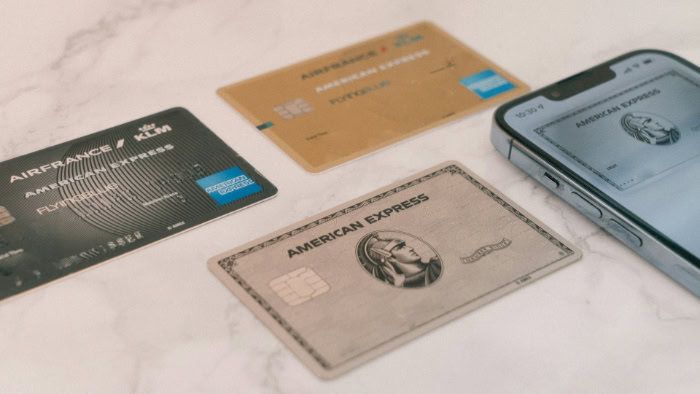
Shopping online or making payments from your phone has never been easier, but those few extra numbers on your debit card play a bigger role than most people realize. The CVV, or Card Verification Value, is a small yet powerful code designed to keep your finances safe when shopping online or over the phone.
Every time you’re asked to enter these digits, your bank is double-checking that the real card is in your hands and not in a scammer’s database. Knowing how the CVV works can help you keep your money secure, avoid fraud, and spot suspicious activity before it becomes a problem.
CVV Basics: Definition, Location, and Types
CVV stands for Card Verification Value, and it acts as a security feature designed to reduce fraudulent transactions. The CVV is not the same as your card number or your PIN.
Your card number serves as your card’s primary identifier in payment networks, while your PIN is a personal code used for ATM withdrawals and purchases at physical stores. The CVV is different: it is a separate code, typically printed on the card, and specifically requested during transactions where the card is not physically swiped or inserted.
Financial institutions use the CVV to confirm that the person making a purchase has actual possession of the card, rather than just the card number alone.
Where to Find the CVV
Locating the CVV on your debit card is straightforward once you know where to look. For most debit cards, including Visa, Mastercard, and RuPay, the CVV is a three-digit number located on the back of the card.
You’ll typically find it near the signature strip, just beside or below where you sign your name. This placement keeps it separate from the main card number, which runs along the front.
American Express cards use a slightly different layout. The CVV appears as a four-digit number, and unlike other cards, it is printed on the front, above the main card number.
By placing the CVV in these specific locations, card issuers make it easier for cardholders to access the security code when needed, while keeping it separate from information typically requested for in-person payments.
CVV Types
Not all CVV codes are created equal, and their format depends on the card network. Most debit cards, such as those issued by Visa, Mastercard, and RuPay, feature a three-digit CVV.
This three-digit code is widely accepted and serves as a standard for most payment gateways.
American Express cards take a different approach, featuring a four-digit CVV printed on the front. The additional digit does not change the way the system works but sets Amex cards apart from others.
Regardless of the number of digits, the function remains the same: the CVV helps validate that whoever provides the code during a transaction actually has the card in hand. This simple code can make a significant difference in securing your money during online transactions.
Security Benefits and Functionality
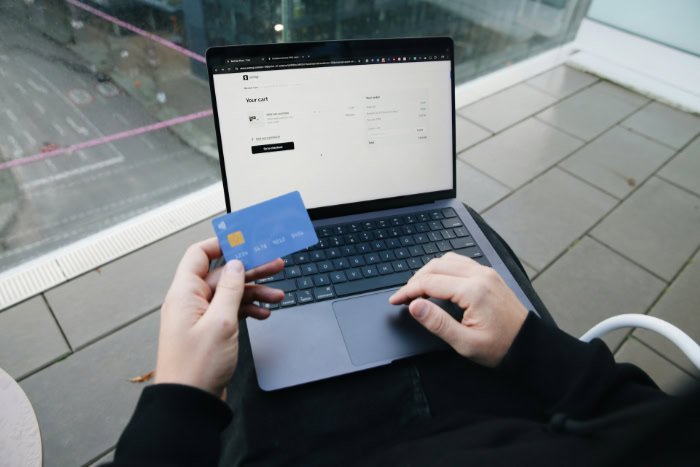
Debit cards carry more than just the promise of convenient purchases, they also bring built-in defenses that shield against fraud. The CVV code stands out as one of the most effective features for securing online transactions.
Beyond being a simple set of digits, the CVV offers protection by confirming the cardholder’s authority and preventing unauthorized activity across countless digital platforms.
Authentication in Online Transactions
Online shopping and digital payments require an extra layer of security because the card is not physically swiped or inserted. The CVV comes into play here, acting as confirmation that the actual card is present with the buyer.
Payment gateways and online merchants ask for the CVV alongside the card number and expiry date. Without the CVV, even if someone has access to your debit card number, they cannot complete most online transactions.
As a result, the CVV creates a barrier for criminals who might have stolen card numbers through online breaches or by skimming devices. Only those who physically possess the card can easily provide the CVV, dramatically reducing the chances of unauthorized charges.
This small code becomes a powerful weapon against misuse by requiring something that cannot be easily guessed or found in databases of stolen card numbers.
Fraud Prevention Mechanisms
Preventing fraud is one of the top priorities for banks and payment networks. CVV codes help block unauthorized purchases, particularly in scenarios where only the card number is exposed.
Many fraudulent attempts rely on stolen card numbers, but the lack of a CVV usually thwarts these efforts at the payment gateway stage.
Merchants are strictly prohibited from storing CVV data after a transaction has been processed. This policy serves as a safeguard in case a merchant’s client database is ever compromised.
Hackers may obtain card numbers and expiry dates, but without the corresponding CVV, those details are far less useful for making fraudulent online purchases. This restriction ensures that the CVV remains a single-use security measure, always required fresh with each transaction, and always only available to someone who has the actual card.
Encryption and Algorithmic Security
The CVV is not simply a random number printed on your card. Banks generate the code using specialized algorithms that tie the CVV to your card number, expiration date, and a unique code known only to the issuing bank.
This process ensures every CVV is unique to its card and cannot be guessed using simple patterns or logic.
Forging a CVV without physically possessing the debit card is extremely challenging. Even if someone has access to card database information, generating the correct CVV would require inside knowledge of the bank’s algorithm and secret issuer code.
This complexity adds another line of defense, making it far more difficult for fraudsters to replicate or predict CVVs, and giving genuine cardholders extra peace of mind when shopping online.
CVV vs. PIN: Key Differences
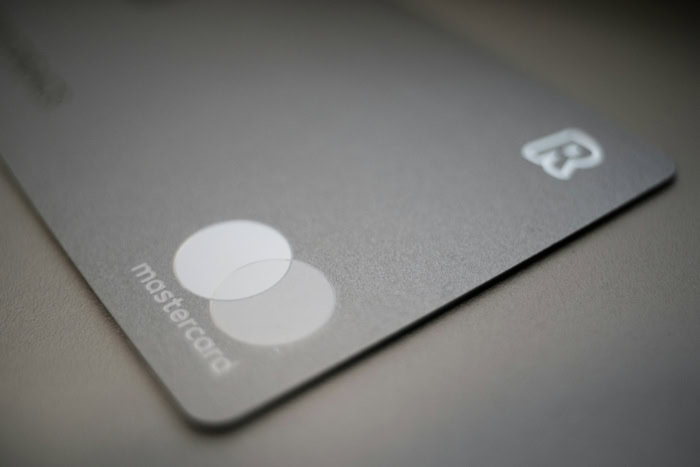
Both the CVV and the PIN are designed to keep your debit card secure, but they serve different functions and work in distinct ways. Recognizing how each operates can make all the difference when protecting your card from fraud and handling your daily transactions with confidence.
Primary Purpose
Every security code on your debit card serves a unique role. The CVV is mainly used for online shopping, remote purchases, and situations where you are not physically presenting your card to a store clerk or ATM.
Merchants use the CVV to confirm that you have the card on hand during online transactions, which lowers the risk of someone using just stolen card numbers.
On the other hand, the PIN, or Personal Identification Number, comes into play when you use your card at ATMs or make in-person purchases. The PIN is a secret code you enter during these transactions to confirm your identity.
Instead of verifying card possession for online payments, the PIN secures face-to-face transactions and keeps your money safe when withdrawing cash or paying at a physical terminal.
Generation and Storage
Security measures differ even further when considering how each code is generated and stored. The CVV is created by your bank based on the card’s details and remains the same throughout the life of the card, unless the card itself is replaced or renewed.
You cannot change this code, and it serves as a fixed security marker for your card.
The PIN, however, offers more flexibility. You are usually prompted to choose your own PIN when the card is issued.
Banks also allow you to update your PIN at ATMs or through digital banking tools whenever you wish. Unlike the CVV, the PIN is meant to be memorized and never written down or shared for safety reasons.
The ability to change your PIN puts more control in your hands, making it easier to respond if you suspect your code has been compromised.
Visibility and Usage
How and where you use the CVV and PIN also highlights their differences. The CVV is visibly printed on the card, making it easy to access when shopping online or providing your card details for phone payments.
This visible presence is intentional, as the code is meant to verify that you physically possess the card even if you’re not face-to-face with a seller.
The PIN is much more private. It is never printed on the card or shared through written documents. You commit this code to memory and use it only when prompted by an ATM or payment terminal.
Keeping the PIN confidential and separate from the card itself means that even if someone gets hold of your debit card, they cannot easily access your account without knowing your unique PIN.
Challenges and Solutions
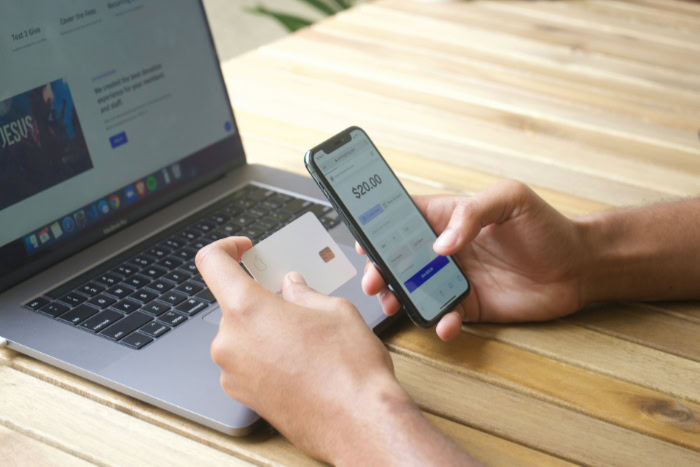
Strong as the CVV may be, no security feature is completely foolproof. Debit card users face certain risks in daily life and online, especially as fraudsters develop new methods to steal sensitive information.
Staying alert and adopting practical habits can help you keep your CVV secure while making transactions more safely and confidently.
Phishing and Skimming Risks
Fraudsters have devised a range of tactics to steal CVV codes from innocent cardholders. Fake or cloned websites often pose as legitimate shopping platforms, tricking users into entering their full card details, including the CVV.
In other situations, criminals use skimming devices attached to compromised ATMs or payment terminals to secretly capture card information. Phishing emails and scam messages may also request your card data under the guise of a bank alert or customer service inquiry.
Protecting your CVV starts with vigilance. Avoid sharing your CVV through email, text message, or messaging apps, no matter how official the request may seem.
Any legitimate organization will never ask you to provide this information in such a way. Relying on verified websites and activating two-factor authentication on shopping or banking platforms adds another layer of protection, making it much harder for fraudsters to misuse your card details.
Transaction Errors
Mistyping your CVV can lead to immediate transaction failure, causing inconvenience or even interruptions to your purchases. Many online merchants automatically decline payments if the CVV does not match the card details on file.
Inputting the incorrect code may also flag your account for suspicious activity in certain cases, resulting in additional authentication steps.
Slowing down and double-checking your entries before submitting payment will help prevent unnecessary errors. If you suspect you have entered the wrong CVV, carefully re-enter the digits, ensuring you are referencing the number directly from your card rather than from memory.
Some services will temporarily lock you out after several failed attempts, so accuracy is always in your best interest.
Data Breach Vulnerabilities
Large data breaches can make headlines and cause anxiety for cardholders, but the CVV plays a crucial role in reducing the risk of financial loss. Because merchants are prohibited from storing CVV codes, databases of stolen card numbers often lack the necessary security code required to complete fraudulent online transactions.
This helps reduce the chances of your card being misused if a breach occurs.
Still, no system is entirely immune to risks. Monitoring your account for unusual transactions remains essential.
Checking your banking app or account statements frequently empowers you to catch and report unauthorized charges promptly. Prompt action limits potential losses and helps your bank resolve fraud issues more efficiently.
Best Practices for CVV Usage

Keeping your CVV secure does not require complicated steps, but it does involve a bit of care each time you use your debit card. Simple habits and smart decisions can go a long way in protecting your financial information and minimizing the risk of unauthorized use.
Paying attention to how, where, and with whom you share your CVV helps keep your money and accounts safe.
Protecting CVV
Treat your CVV as confidential information, just like your PIN. Never store it in plain text on your phone, in emails, or in unencrypted apps and notes.
Doing so increases the risk that a lost or hacked device could give a criminal all they need to attempt unauthorized transactions. For online purchases, always use browsers and payment sites that you trust.
Look for websites that are secured with HTTPS, which adds another security barrier, and double-check that you are not entering your card details on suspicious or poorly designed checkout pages. Avoid using public Wi-Fi for financial transactions, since open networks are more vulnerable to interception by cybercriminals.
Sharing Guidelines
Some payment scenarios may require you to share your CVV, such as setting up recurring payments or subscriptions with reputable merchants. Only provide your CVV when you are certain the website or company is legitimate and when the payment page shows signs of security, such as a padlock symbol in the browser or recognizable trust badges.
Never share your CVV with individuals or third parties who request it via email, text, or unsolicited phone calls. Even if someone claims to represent your bank, treat such requests as suspicious and contact your bank using official channels to confirm.
Sharing your CVV with unreliable parties can result in rapid fraudulent charges that are often difficult to trace.
Transaction Monitoring
Keeping an eye on your account activity is one of the most effective ways to catch fraudulent use of your CVV. Make it a habit to check your bank statements or use your bank’s app to review recent transactions regularly.
Look for charges you do not recognize, even if the amounts are small, since fraudsters often test stolen cards with minor purchases before making bigger transactions. If you spot anything unusual or suspect that your CVV has been compromised, contact your bank immediately.
Reporting suspicious activity right away can help limit losses, prompt your bank to block further transactions, and set the process for recovering your funds in motion. Remaining proactive about monitoring your accounts ensures you stay in control, even if your card information falls into the wrong hands.
Conclusion
The CVV serves as a powerful line of defense for your debit card, offering an extra layer of protection during online and phone transactions. Unlike your PIN, which is designed for securing ATM withdrawals and in-person payments, the CVV is printed on your card and specifically used to confirm your card’s authenticity in situations where your physical card cannot be verified by a machine.
Both codes play important roles, but the CVV stands out as a targeted safeguard against digital fraud.
Staying vigilant about where you share and enter your CVV, monitoring your transactions, and responding quickly to any suspicious activity are essential habits for every cardholder. Treat your CVV as strictly confidential, just as you would your PIN, and use caution whenever you provide it.
Simple steps and alertness can go a long way in keeping your funds safe and your financial life secure.

